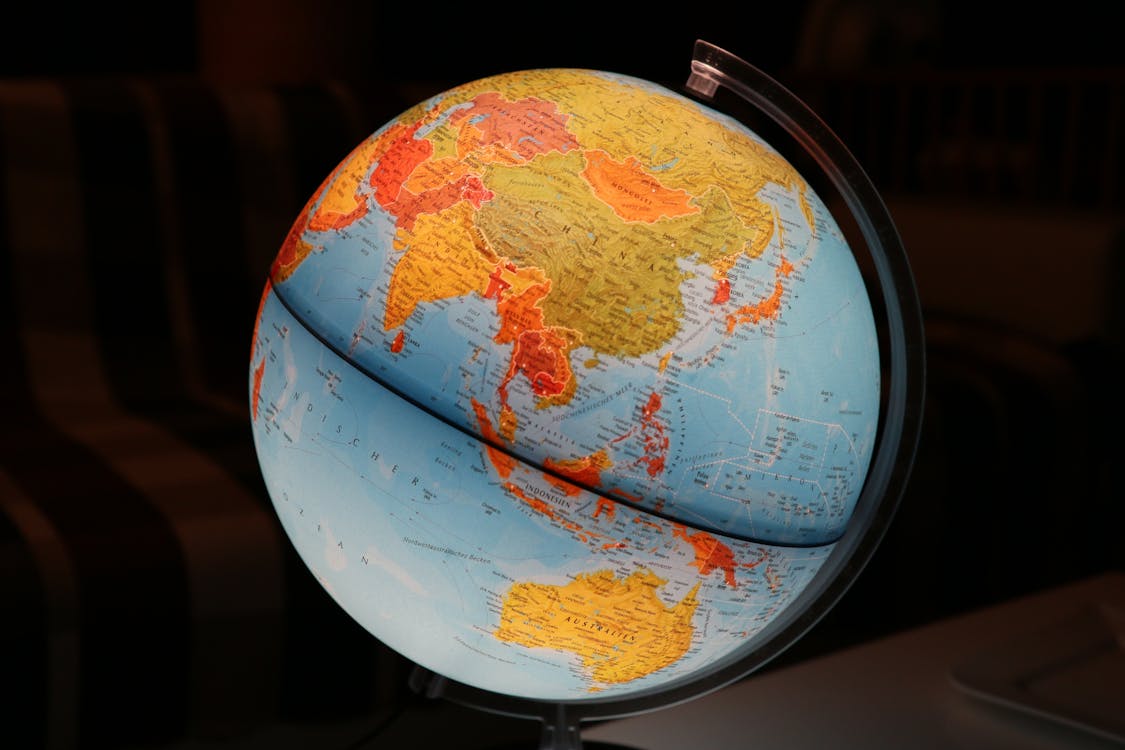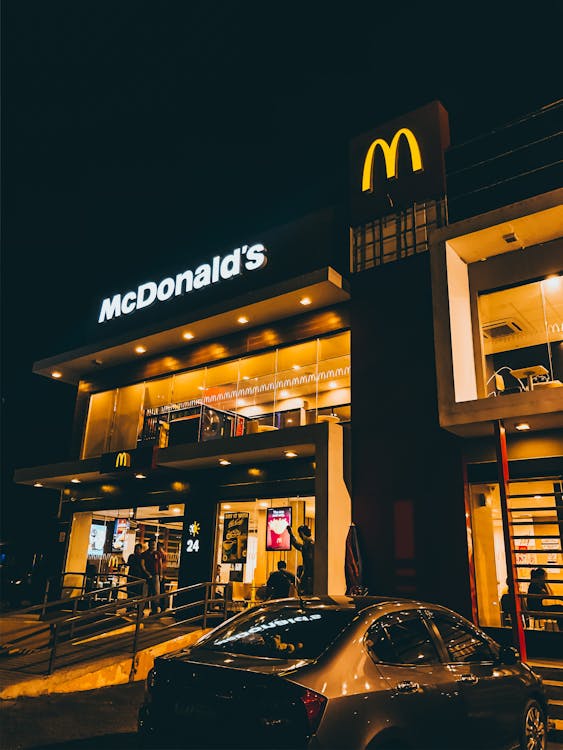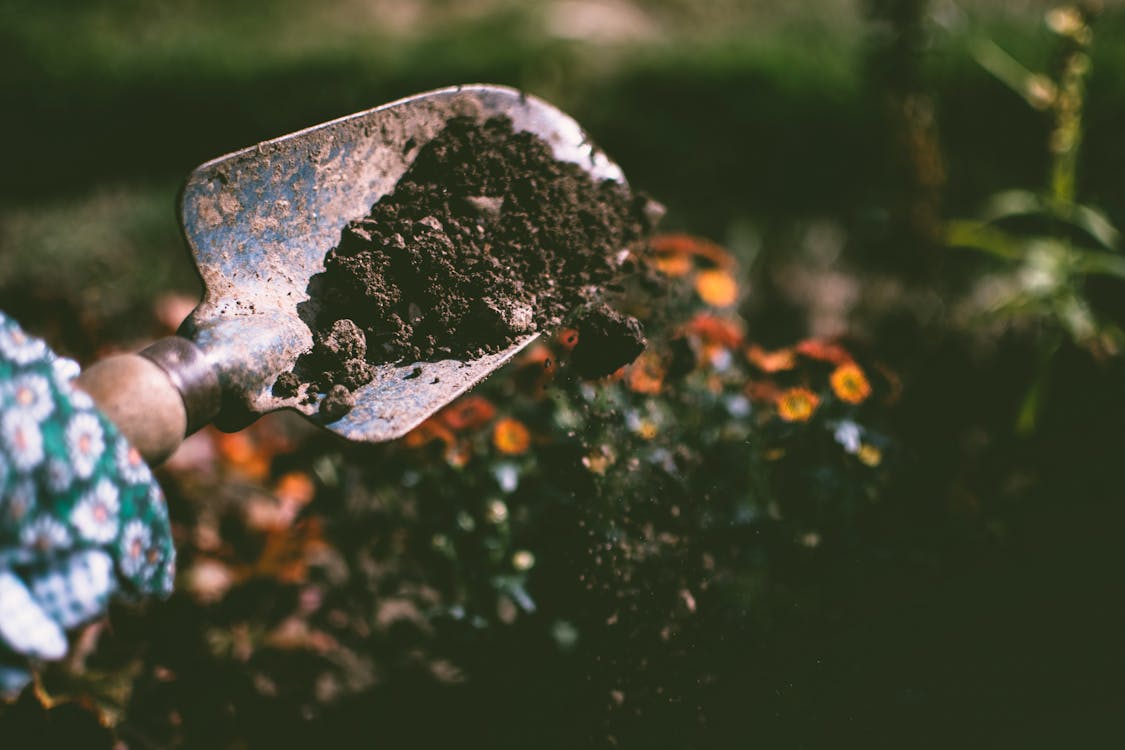
Brazil is one of the largest agricultural exporters in the world. In my research group, we found that land rights and soil conservation are key issues within the context of Brazil’s agricultural production. If the trend in poor land management of degraded pasturelands and encroachment into the Amazon region continues, it appears soil erosion—and nutrient loss along with it—could increase by up to 20%, according to this study’s findings.
Trade, Self Sufficiency
In chapter 3, “Agricultural Trade Liberalization,” of Jennifer Clapp’s book Food, it’s clear that international trade in the food system is a marketplace rife with inequalities and contradictions, often at the expense of people lower on the socioeconomic ladder, and especially those in developing countries whose main trade output is agriculture. However, even for an industrial nation such as Japan, boasting one of the highest GDPs in the world, the nation’s reliance on food imports point to the fact that money alone cannot buy independence.
In a 2012 article from the United Nations University publication Our World, Japan’s low food self-sufficiency (60% of their calories are from imports) was discussed and ramifications contextualized. It’s notable that the goal to increase the self-sufficiency to 45% by 2020 have since been pushed back to 2025. What it means for food to be “Japanese” has changed over the decades alongside changing consumer preferences and decreasing domestic output. This is an issue the world over, as the Columbian exchange of the 21st century has seen hamburgers and big gulps from the U.S. in Mexico City, to Bangalore, to Riyadh, to Tokyo and beyond.

Once native to the United States, the seeds of McDonalds have now been sown across the globe thanks to the 21st century ship called globalization
In Brazil, food self-sufficiency, ecological damage, Indigenous rights, resource management, and economic concerns all come into consideration when we talk about food and agriculture. Perhaps, as has been suggested in the UK, farmers can be part of the solution. Something will have to change if Brazil is to remain ecologically viable for agriculture in the decades to come.

Soils are both the lungs and the womb of our earth. They are responsible for the sustenance that comes out of them and our mistakes (C02) that go in
The Big Picture
In considering the food on our plates, Michael Pollan makes it sound simple. “Eat food. Not too much. Mostly Plants.” While I don’t disagree with his prescription, the fact of the matter is that the food in the grocery store, and in markets around the globe, are products of, and tools in, the political ecology of the world food system. A system which is itself comprised of ecologies and systems.
The world has increasingly become a web of interconnectedness. Understanding it requires the ability to constantly look at micro and macro structures thereof. Our world food system is no different.

thank you for sharing such amazing blog. https://phcasinoauthority.com/
I am grateful for the opportunity to engage with your ideas and perspectives. trang cá cược bóng đá uy tín
Thank you for your knowledge about food. I am very impressed
must thank you for the efforts you have put in writing this blog.
ใลน์huaybee
I must thank you for the efforts you have put in writing this blog.
I really hope to view the same high-grade blog posts by you in the future as well. In truth, your creative writing abilities has inspired me to get my own, personal site now 😉
Personal Loan
Valuable information. Lucky me I discovered your web site unintentionally, and I am stunned why this coincidence did not happened in advance! I bookmarked it.
Asuransi
تنظيف وغسيل سيارات في الطريق وأمام المنزل من الداخل والخارج باحترافية كبيرة وأسعار مميزة, مع الكثير من الخدمات الأخرى, أعمال الغسيل متوفرة 24 ساعة
تنظيف سيارات الكويت
Ma questi “attributi magici” derivano non solo dal design esplicito di questi pezzi, ma anche dalla storia del marchio e dal ruolo che gli imitazione rolex hanno a lungo svolto. Più di un secolo di storia, ricca di aneddoti e innovazioni.
Wilsdorf registrò il marchio Rolex il 2 luglio 1908 e aprì la sua sede a La Chaux-de-Fonds, prima di trasferirsi a Bienne nel 1912 e poi a Ginevra sette anni dopo per diventare la fabbrica “rolex daytona replica“. Nel 1926 Wilsdorf registrò la corona a cinque punte e la adottò come emblema ufficiale.
is a drug used to improve male function. But abnormal symptoms may occur when taking it. 비아그라구매 This is necessary information for a healthy sexual life and how to respond.
슬롯 사이트 는 자동 플레이 기능을 통해 플레이어가 게임을 자동으로 진행할 수 있는 편리한 옵션을 제공합니다.
온라인 슬롯 머신 사이트